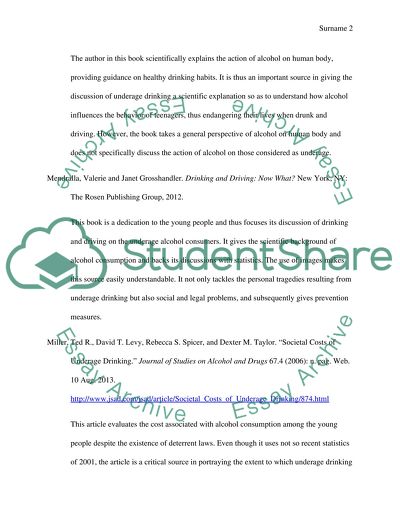Cite this document
(“The Problem of Teen Drinking and Driving Annotated Bibliography”, n.d.)
The Problem of Teen Drinking and Driving Annotated Bibliography. Retrieved from https://studentshare.org/social-science/1483886-proposal-to-solve-a-problem-essay
The Problem of Teen Drinking and Driving Annotated Bibliography. Retrieved from https://studentshare.org/social-science/1483886-proposal-to-solve-a-problem-essay
(The Problem of Teen Drinking and Driving Annotated Bibliography)
The Problem of Teen Drinking and Driving Annotated Bibliography. https://studentshare.org/social-science/1483886-proposal-to-solve-a-problem-essay.
The Problem of Teen Drinking and Driving Annotated Bibliography. https://studentshare.org/social-science/1483886-proposal-to-solve-a-problem-essay.
“The Problem of Teen Drinking and Driving Annotated Bibliography”, n.d. https://studentshare.org/social-science/1483886-proposal-to-solve-a-problem-essay.


